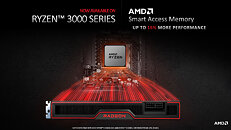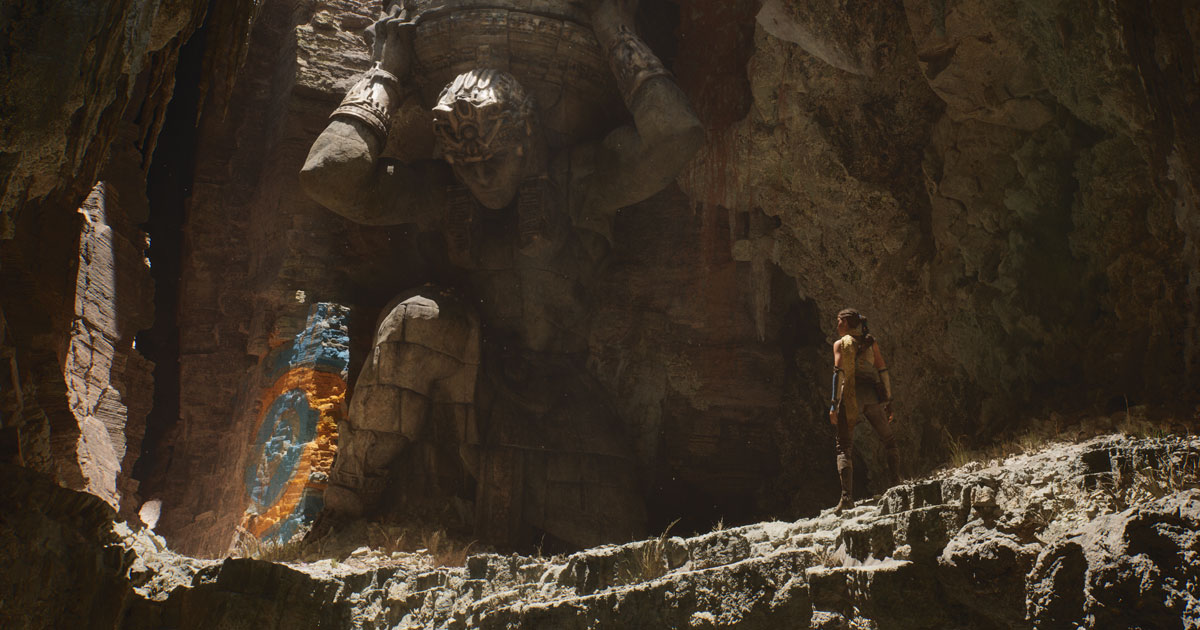- Joined
- Oct 9, 2007
- Messages
- 47,912 (7.37/day)
- Location
- Dublin, Ireland
| System Name | RBMK-1000 |
|---|---|
| Processor | AMD Ryzen 7 5700G |
| Motherboard | Gigabyte B550 AORUS Elite V2 |
| Cooling | DeepCool Gammax L240 V2 |
| Memory | 2x 16GB DDR4-3200 |
| Video Card(s) | Galax RTX 4070 Ti EX |
| Storage | Samsung 990 1TB |
| Display(s) | BenQ 1440p 60 Hz 27-inch |
| Case | Corsair Carbide 100R |
| Audio Device(s) | ASUS SupremeFX S1220A |
| Power Supply | Cooler Master MWE Gold 650W |
| Mouse | ASUS ROG Strix Impact |
| Keyboard | Gamdias Hermes E2 |
| Software | Windows 11 Pro |
AMD in its "Where Gaming Begins Episode 3" online event, announced that it is introducing Smart Access Memory (resizable base address register) support to Ryzen 3000 series "Matisse" processors, based on the "Zen 2" microarchitecture. These exclude the Ryzen 3 3200G and Ryzen 5 3400G. The PCI-SIG innovated feature was, until now, restricted to the Ryzen 5000 series on the AMD platform, although is heavily proliferated across the Intel platform. Resizable BAR enables the CPU to see the graphics card's entire dedicated memory as one addressable block, rather than through 256-megabyte apertures. For game engines that are able to take advantage of the feature, this could translate to a performance boost of up to 16 percent. Be on the lookout for BIOS updates from your motherboard manufacturer.

View at TechPowerUp Main Site

View at TechPowerUp Main Site








